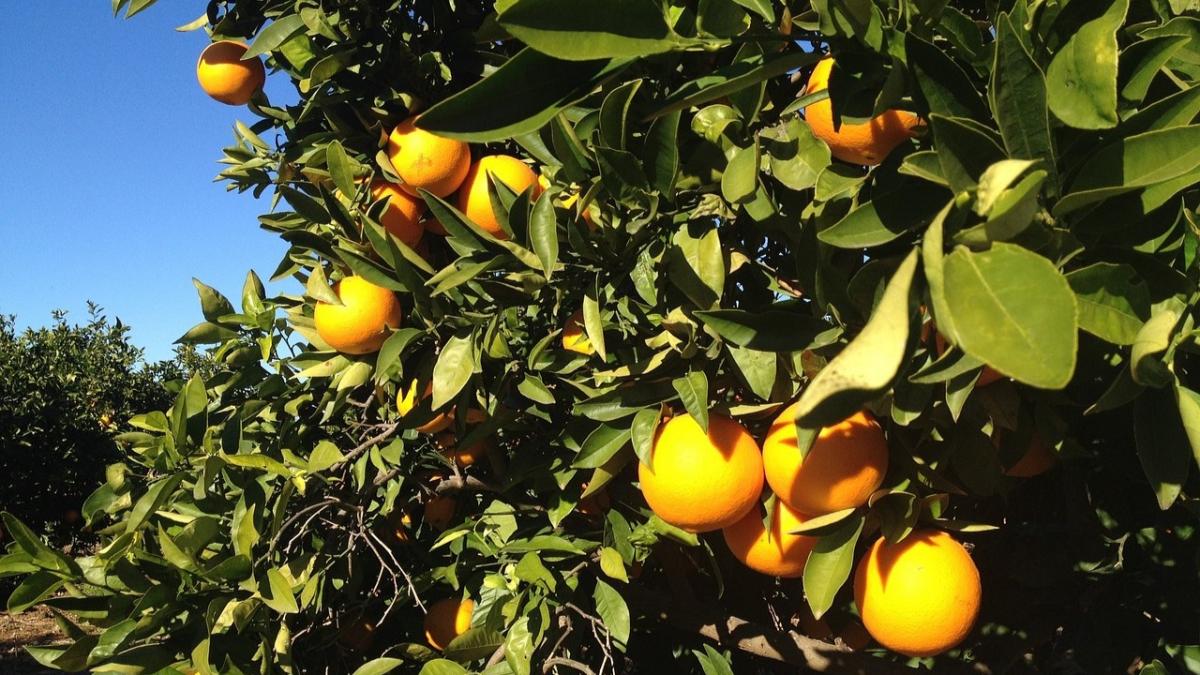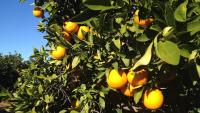You are here
Back to topAustralian Orange Exports Forecast To Increase 13% in 2023/24

According to the Australia: Citrus Annual report recently released by the U.S. Department of Agriculture’s Foreign Agricultural Service, Australia’s orange production is expected to increase by 5% to 530,000 metric tons in the 2023/24 season, marking the second-highest record in nearly two decades. Meanwhile, mandarin/tangerine production in the 2023/24 season is estimated at 180,000 metric tons, securing the third-highest position on record. Fresh orange exports are forecast to grow by 13% to 180,000 metric tons, while mandarin/tangerine exports are anticipated to hit 85,000 metric tons.
Fresh Oranges
Australia’s orange cultivation is primarily concentrated in Riverina, Murray Valley and Riverland. These three regions collectively boast an orange cultivation area of 16,131 hectares, constituting 90% of the country’s total. According to the Australian Citrus Tree Census 2022 carried out by Citrus Australia, the total area dedicated to navel oranges amounted to 11,530 hectares, while Valencia oranges covered 6,310 hectares. Over the past eight years, the orange cultivation area has experienced a 17% increase, with notable growth observed in the areas devoted to the production of mid-season navel oranges and red-fleshed varieties, which expanded by 1,286 and 1,065 hectares, respectively.
Owing to positive factors such as favorable weather conditions, reduced fertilizer and pesticide costs, and an improved labor supply, Australia’s fresh orange production is estimated to grow by 5% to 530,000 metric tons in the 2023/24 season.
With higher expected production and overall normal quality, the forecast for fresh orange exports in the 2023/24 season is 180,000 metric tons, an increase of 20,000 metric tons from the previous season. Over the four years between the 2016/17 and 2019/20 seasons, fresh orange exports remained within the range of 181,000–198,000 metric tons. The 2023/24 season is expected to see a return to these historical levels.
Australia’s orange exports peak from July to September, with availability extending until December. This supply window provides opportunities for exporting Australian oranges to nearby Asian countries and counter-seasonal markets in the Northern Hemisphere.
Australia exports fresh oranges to over 35 countries, primarily focusing on markets in Asia. In recent years, the main export destinations for Australian oranges have been Japan, mainland China and Hong Kong. South Korea emerged as another significant destination in the 2022/23 season, with these four markets typically constituting approximately 60% of total exports. Exports to Japan have remained relatively stable, averaging around 35,000 metric tons per year. Mainland China and Hong Kong together account for approximately 30% of the total export volume.
The export volume of Australian oranges to China has experienced a gradual decline in recent years, which is primarily attributable to the sustained growth of China’s domestic production diminishing the need for imports. China primarily sources oranges from four key countries, namely, the United States, Egypt, Australia and South Africa.
Fresh Mandarins and Tangerines
The cultivation area for mandarins and tangerines in Australia is continuing to expand at a faster rate than that for oranges. Another noteworthy characteristic is the greater diversity of mandarin/tangerine-producing regions compared with the three major producing regions for oranges. Since 2014, the total cultivation area for mandarins and tangerines has surged from 5,451 to 8,157 hectares, a remarkable 50% increase. The growth rate for seedless varieties is even more pronounced. Projections suggest that seedless varieties will play a pivotal role in driving both production and exports to record levels in the upcoming years.
Australia’s mandarin/tangerine production is projected to decrease by 5% to 180,000 metric tons in the 2023/24 season, with the export volume estimated at 85,000 metric tons. However, with the recent expansion in cultivation area, both production and export volumes are anticipated to establish new records over the following years.
Australia exports mandarins and tangerines to around 35 destinations, with the top 10 accounting for 85% of total exports over the past three years. Remarkably, Thailand’s imports of Australian mandarins and tangerines have consistently risen during this period, propelling the Southeast Asian country to overtake China as Australia’s largest export market with a 19% share of total exports. Meanwhile, China’s share of Australian mandarin/tangerine exports has decreased from 21.2% to 16.3% in the past three years. Other key overseas markets include Indonesia, the Philippines and Vietnam.
Image: Pixabay
This article was based on a Chinese article. Read the original article.












Add new comment